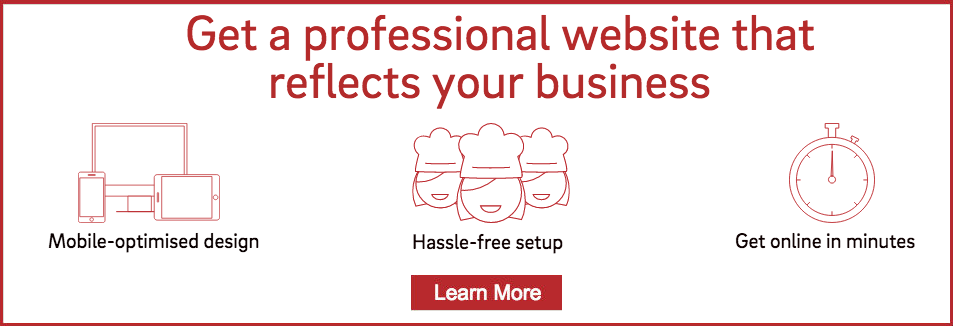How important is it for restaurants to get feedback, and how can technology help?
In the competitive marketplace that restaurants and takeaways share, keeping customers happy is of the utmost importance. Unsurprisingly most restaurants will say that they aim to do this. But how can a restaurant be sure they are getting it right? The only way to really find out whether your customers are happy, and what they might be unhappy about, is to solicit feedback from them. And the more channels through which this feedback can be taken, the better – as each one has different limitations in terms of the honesty and detail that will be expressed.
Face-to-face feedback
There are many ways to get feedback from customers; some can start in the restaurant. Once the customers are seated, the waiters then become the face of the restaurant as they are the ones that the customer will remember as they leave their feedback. The waiters are also the first chance that the customer will get to give feedback. They should be trained to enquire about how the meal is going and whether there is anything to be done that would improve it for the customer. This is an instant way that the restaurant can get feedback from the customers and presents a chance to rectify any problems there may be. Although diners may be too polite to mention every little concern they have at the time, the waiter can help to facilitate more detail in other ways. For example at the end of the meal the customer can be encouraged to provide feedback online through a questionnaire or can be given a form to fill in while at the restaurant. Incentives for a free dessert or a ‘2-for-1’ on their next visit are great ways to get feedback.
Social media
Social media is an invaluable tool for getting feedback. If you inform your customers of the restaurant’s pages on various social media sites, they can easily get in touch and leave feedback or reviews. Many diners will be more likely to leave reviews on social media given the centrality of these sites to their lives and, of course, their accessibility. Social media is especially attractive for customers because they know that they will get a response. It is useful for restaurant owners because it can build very important rapport with customers help to build a reputation of being a helpful and caring business. This is true even if the feedback isn’t positive, as a restaurant’s response should help to rebuild trust with customers.
Feedback forms
The restaurant’s own website is a great point of contact for customers. Having a feedback box on the website is a convenient place for customers to find a direct way to contact the restaurant. Having the feedback box on the website is also useful to encourage one time visitors to the restaurant and returning visitors to leave feedback. Through this, the restaurant can get views on customers’ experiences at the restaurant and – equally as important – the owners can get feedback on the workings and usability of the website too.
Tablet feedback systems
Mobile EPOS systems are becoming more common in restaurants and can be useful for gathering feedback. When there is a tabletop ordering system it can give an option to complete a feedback survey at the point of payment. This creates a no-fuss option for the customer to give feedback, as they do not have to complete any extra steps to give their opinion. These methods of feedback can be made fun for the customer as a type of mini-game. while the use of incentives to encourage them to complete the surveys will reward them for their effort. Another way that technology is being used to encourage customers to give their feedback is the use of specially designed kiosks located near the exit of the establishment. These again can be made into a fun mini-game to encourage customers to leave their feedback as they leave.
Feedback from online customers
For those restaurants that offer online food ordering, there is another great opportunity to ask for customers’ thoughts on the service they received. Once the transaction has been completed and the customer has either picked up or had their food delivered, a follow-up email with links to a survey asking the customer how they rated the experience is a useful way, particularly for takeaway restaurants as they don’t have another point of contact with the customer if all exchanges with the customer are either by phone or online.
Though it’s important not to bombard your diners with too many requests for comments and feedback, it is clearly essential for any successful food business to know what their customers are happy or unhappy about. Setting up a range of different feedback channels will ensure that a wide and detailed set of customer feedback is collected. And this task will never completed – restaurants should continue to gather – and act on – feedback from consumers for as long as they wish to remain successful.
